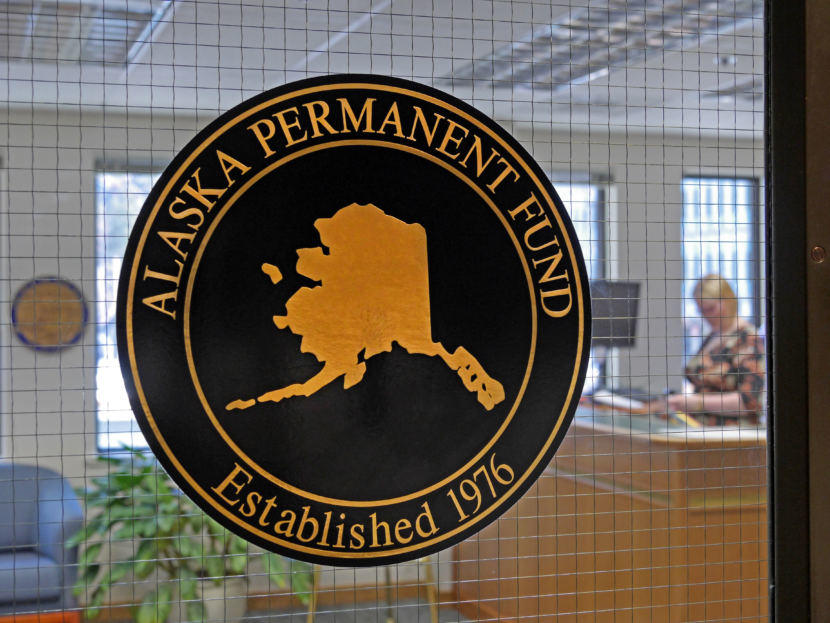
Eligible Alaskans will receive payments of roughly $1,300 on Oct. 5 from the state’s sovereign wealth fund. That Permanent Fund Dividend amount was originally set by a complicated formula, and since the state stopped using that traditional PFD formula in 2016, the legislature has struggled to come up with a new one.
James Brooks covers the legislature for the Alaska Beacon, and he told Alaska Public Media’s Michael Fanelli that lawmakers settled on the $1,300 figure only after continuing a familiar debate they’ve been having for several years.
Listen:
The following transcript has been lightly edited for clarity.
James Brooks: It was the end of a big back and forth as it has been every year since about 2018, and even going back before that. Since oil prices fell in 2015, the state has been operating without a secure formula for determining each year’s Permanent Fund Dividend. It’s basically set by fiat each year by the legislature. The legislature will debate between members and come up with the figure. And this year, it’s about $1,300 per recipient. That’s $880 million that’s gonna come out of the state treasury and head to Alaskans.
Michael Fanelli: Wasn’t there a provision for an extra $500 if oil prices were high enough? Does that apply for this year, or is that not until the future?
James Brooks: That’s next year, and right now oil prices are looking pretty good. So chances are that we will get that extra $500, which happens to be an election year next year. So if you’re a cynic, you could say, “Well, there’s a big incentive to make sure that happens next year.” And the oil prices are actually high enough that it could affect — you could see things happen even bigger next year, depending on if they stay that way.
Michael Fanelli: Gotcha, okay. So talk to me a little bit about what the discussions were looking like in the House and Senate. What did the debate look like? What were different parties pushing for?
James Brooks: The debate’s looked pretty similar since about 2018. So back in 2018, if you’ll recall, the legislature was dealing with the huge crash in oil prices that had happened a few years before that. The state legislature and the governor had cut the budget, but that wasn’t enough. And so what they decided to do was spend money from the Permanent Fund on state services, for the first time in a big way.
And the problem is that while they set up this system, they couldn’t agree on a new formula for the Permanent Fund Dividend, because the formula that’s still in state law and hasn’t been replaced, wasn’t written with the idea of this transfer in mind. And so lawmakers have been deciding, “Well, what replaces that old formula?” And the general idea is that the annual transfer gets split in some way, a portion for dividends, a portion for services. But where that split is, hasn’t been decided. And that’s been the argument for the past five years. And so we’re left in a position where there’s not agreement on what replaces that old formula.
Michael Fanelli: Back in July, you wrote about a new forecast from the Permanent Fund Corporation that said the spendable portion could run out within the next three years. How do you expect that to color the conversation around this next session?
James Brooks: If there’s something that could force an end to the annual debates over the dividend, and result in a new firm formula, it’s that. That seems to be a coming brick wall that the state’s fiscal car is driving towards at the moment. If trends continue, and something isn’t done, there won’t be an annual transfer from the Permanent Fund to the state treasury in a few years.
This is the big question in the state and has been for really, eight years now. It would take quite a bit to change where we’re at. Next year’s elections might move the needle slightly, but it would take some kind of wholesale movement, something extremely drastic, like the Permanent Fund running out of spendable money in order for things to change.


